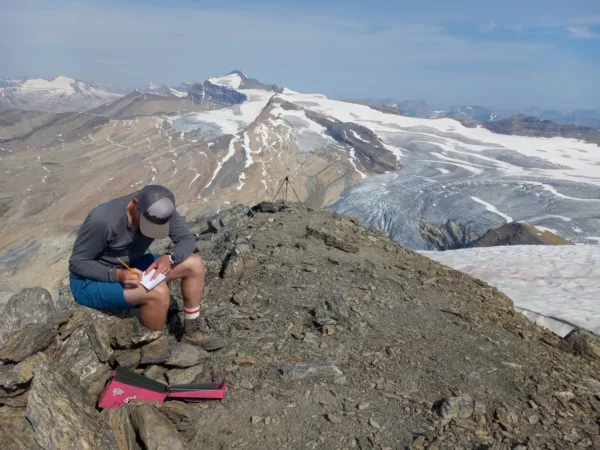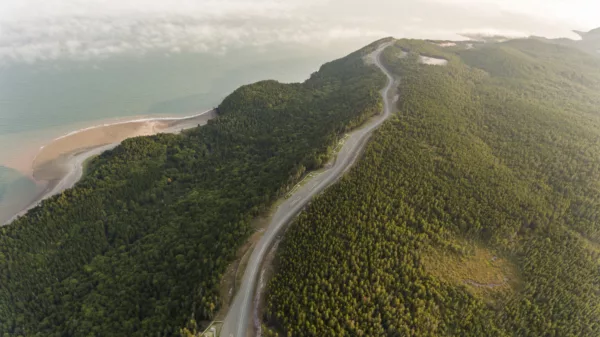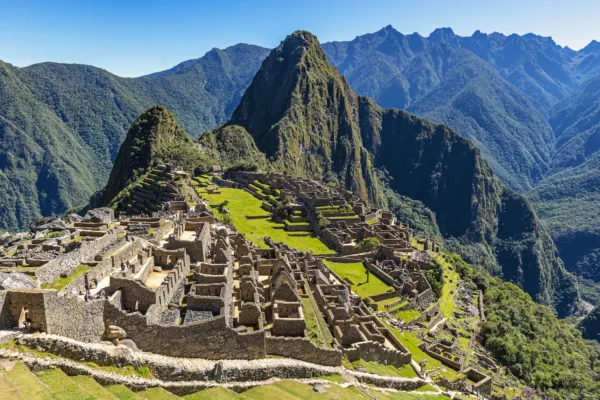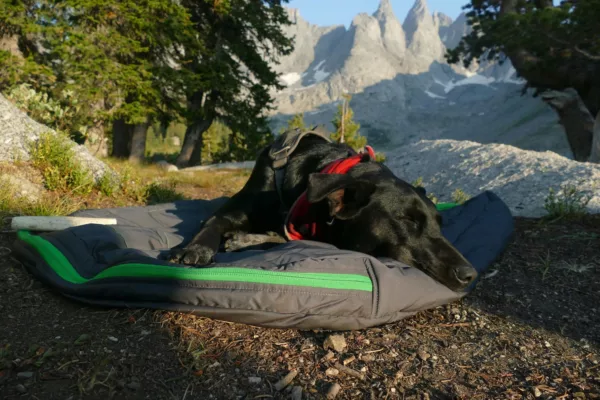Is British Columbia Getting a New National Park?
The Western Great Basin is a vast region of low annual precipitation, hot summers and mild winters. It extends from Mexico north for 2,500 kilometres before poking across the U.S.-Canada border in the southern Okanagan Valley. Here, in the heart of British Columbia’s wine, golf and beach country is one of Canada’s most unusual and beautiful landscapes.
Within an hour’s drive, you can experience an arid ecosystem around Osoyoos reminiscent of the Sonoran Desert and characterized by antelope brush and fragrant sagebrush. Nearby, you’ll find golden hills of bunchgrass that might be Saskatchewan, and the highlands of Mount Kobau with its Ponderosa pine, Douglas-fir and copses of trembling aspen overlooking the Similkameen River valley that could pass for the Rocky Mountain foothills. Amongst these diverse landscapes, there’s Spotted Lake along Highway 3, with its curious alkaline patterns.
Rare species like American badgers, flammulated owls, yellow breasted chats, desert night snakes, western rattlesnakes and some others I haven’t heard of before, make their homes here, totalling more than 30 federally listed species at risk and 60 provincially listed species. It’s a naturalist’s paradise. It’s also unfinished business for Parks Canada.
BC’s southern grasslands is one of 39 eco-regions identified in the national parks plan as a distinctive component of the national landscape, but so far lacks national park representation. For more than 15 years, efforts to protect this rare landscape and surrounding grasslands as a national park have started, stalled and re-started. However, last July, the long anticipated and fiercely debated South Okanagan-Similkameen National Park Reserve took one lurching step closer to becoming a reality with the signing of a Memorandum of Understanding between the Province of BC, Government of Canada and the Syilx/Okanagan Nation, which represents the Okanagan Indian Band, Osoyoos Indian Band, Penticton Indian Band, Upper Nicola Band, Upper and Lower Similkameen Bands and Westbank First Nation.
Though the MOU doesn’t mean the park is fait accompli, it lays the groundwork for negotiations moving forward.
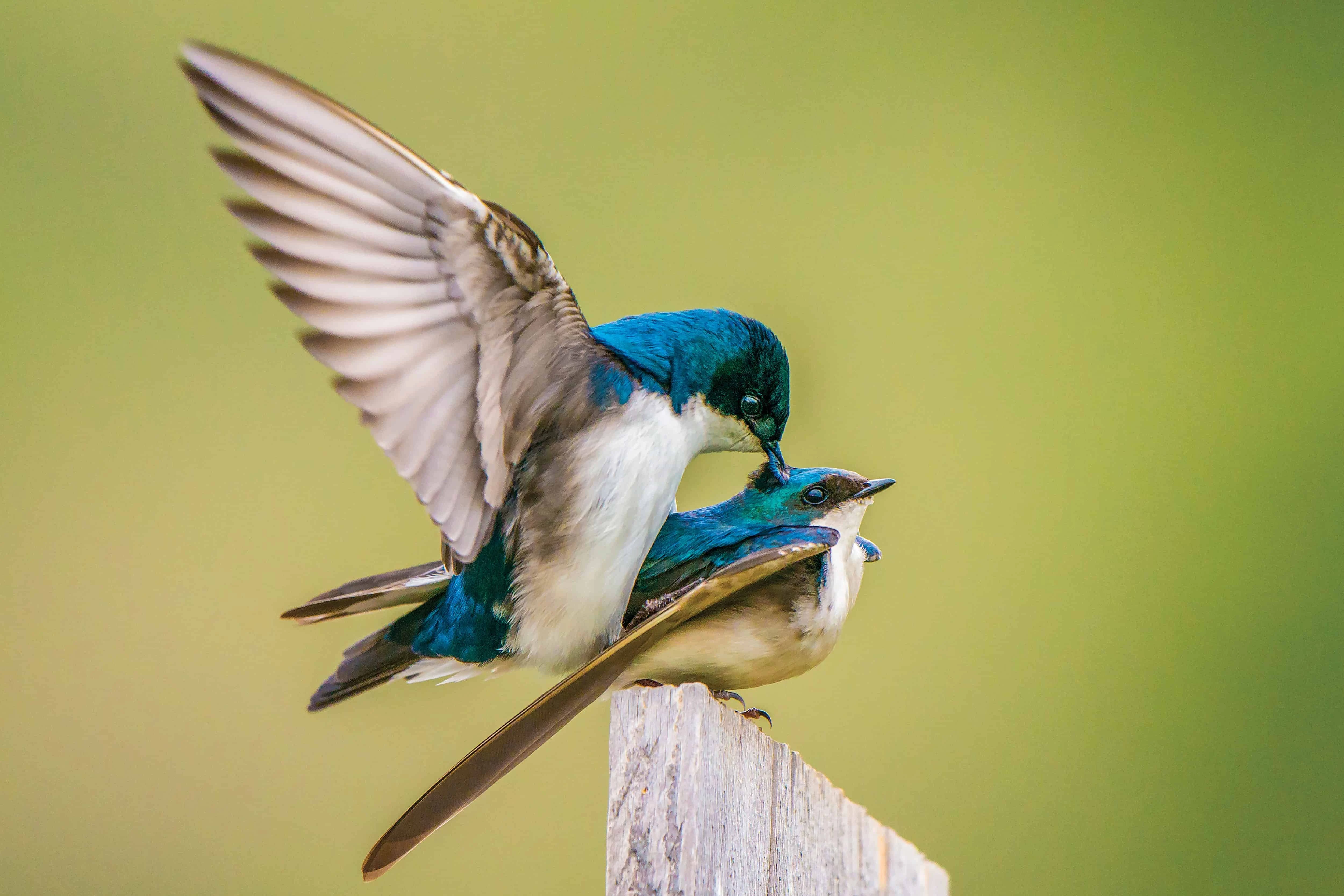
“It’s an important milestone for sure,” says Richard Cannings, MP for the South Okanagan-West Kootenays and the NDP natural resources critic. Cannings is a well-known biologist and field guide author. He grew up next to these grasslands. One of his first jobs out of university was to do an inventory of BC’s grasslands from Peace River country to the Chilcotin and Thompson-Okanagan. Establishing a national park in a place like the South Okanagan, which is like suburbia compared to say Nunavut or Labrador, is an especially complicated undertaking. First Nations with aboriginal rights and title are central to any park discussions. Private companies may have resource rights that need to be accommodated or compensated. Factor in the interests of local communities and citizen groups who might be affected and the script is writ for endless meetings and public information sessions. Although the six bands of the Syilx/Okanagan Nation are signatories to the national park MOU, support for the park within the Indigenous community is far from unanimous; one Similkameen elder has called it another form of “colonization.” Non-native park opponents in the South Okanagan have been vocal and quite successful at stirring up anti-park sentiment with some ridiculous assertions (such as the park will lead to more crime and put a strain on police resources).
There’s been persistent misinformation about private land being expropriated to create the park (the feds have repeated many times that any acquisition of land will be based on a willing seller/willing buyer scenario). Scrape beneath the rhetoric, however, and opposition seems underscored by antipathy toward the federal government and also fears that patterned use of the land in question—meaning fishing, hunting, OHV use, etcetera—will be restricted.
Yup, they will be, there’s no arguing that. However, the proposed park is just 300 square-kilometres in size; a postage stamp compared to Canada’s first national park, Banff, which is larger by a factor of 22. Needless to say, Parks Canada still has a mountain to climb. If the South Okanagan- Similkameen National Park Reserve becomes a reality, it will be co-managed with First Nations as per the national park reserve model in Gwaii Haanas.
Despite the fact that national parks— and the process of establishing them—are often layered in frustrating federal bureaucracy, I’m a fan. I believe they have the potential to return priceless dividends to society and the planet, and indeed to change individual lives. They changed mine.
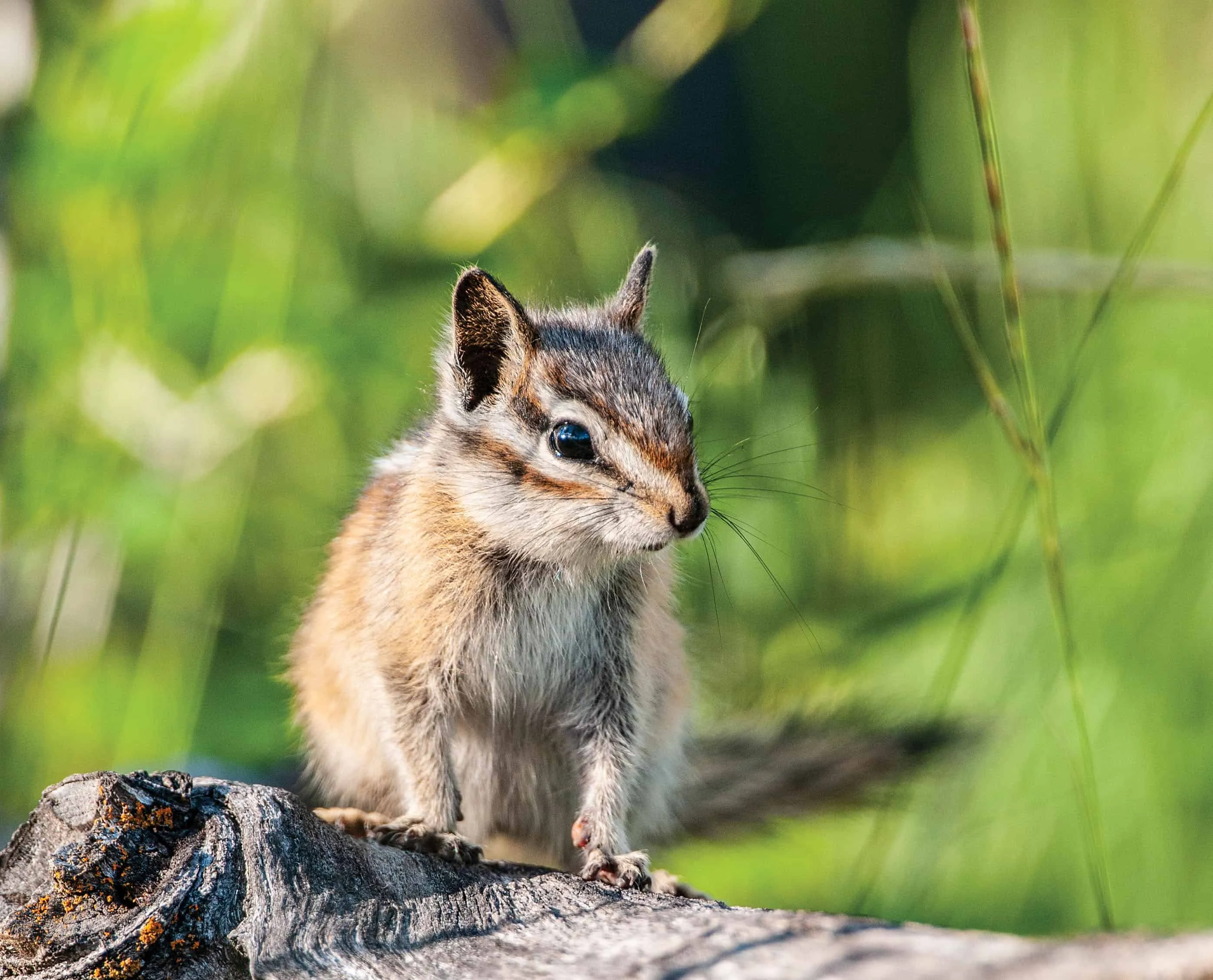
Spending time exploring national parks as a kid with my parents and siblings had a profound impact on me. It’s where the seeds were planted for a lifelong appreciation of natural places and being outside, which I now have the pleasure of sharing with my own kids. Beyond the ecological benefits of providing sanctuary for endemic plant and animal species, national parks have the ability to emotionally nourish people living increasingly hectic lives. They can inspire visitors to more deeply consider their relationship with terrestrial and aquatic habitats, and the other species that inhabit those realms. Then there’s the economic impact. Ten years ago, national parks visitors were spending nearly $3 billion annually. Parks attract tourists who spend money. Does Costa Rica regret protecting 25 per cent of its landscape in national parks? I doubt it.
Dollars always matter. However the most compelling argument for me is the natural one—ecology. The potential exists in the South Okanagan and Similkameen to give a region with some of the highest concentrations of listed species in Canada the greatest degree of protection available—and in our country that’s national park designation (history has shown that BC’s Class A provincial parks are not inviolable). Doing so would require linking together a patchwork of provincially protected areas and filling in some gaps in a part of BC that is under considerable development pressure.
Ken Wu is co-founder of the Ancient Forest Alliance, an organization he left last year to launch a new conservation initiative, the Endangered Ecosystem Alliance. The South Okanagan-Similkameen is one of his passion projects.
“I believe this is one of the greatest conservation opportunities in Canadian history, ”Wu says. But for Wu, the connection goes deeper. He feels a natural, almost metaphysical connection to grasslands that he believes is hardwired into humans from our earliest origins on the steppes of eastern Africa’s Rift Valley.
I grew up in Kamloops and also have an affinity for grasslands. It’s part of my geographical DNA.There’s a subtle beauty to a rolling hillside of grasses, sagebrush and ancient Ponderosa pine, especially in spring when the balsam root are blossoming in brilliant yellow. It lacks the immediately awe-inspiring impact of a mountain shrouded in a cascading glacier, or the sound of surf crashing on a beach lined with rainforest giants.
Yet Don Gayton, a grassland ecologist, believes this subtlety has the effect of slowing down busy brains, in effect inviting you to get down on hands and knees to truly sense and appreciate an often overlooked landscape.
Proposed national parks are always opposed by some groups and individuals. Changing public land use patterns is never easy. National parks are not without flaws; park budgets rise and fall as governments come and go, but at least the protection underscored by the Canada National Parks Act persists for future generations. A fantastic opportunity exists in BC’s southern grasslands to add a missing ecological jewel to Canada’s national park crown.
It has been a long road for this proposal. Its time has come.
Exploring British Columbia locally?
Here’s some of our favourite gear:
- Women’s Hiking Boots – KEEN
- Men’s Hiking Boots – Oboz
- Women’s Day Pack – Patagonia
- Men’s Day Pack – MEC
When you purchase something via the links in our articles, we may earn a small affiliate commission. Read more about our policy.









